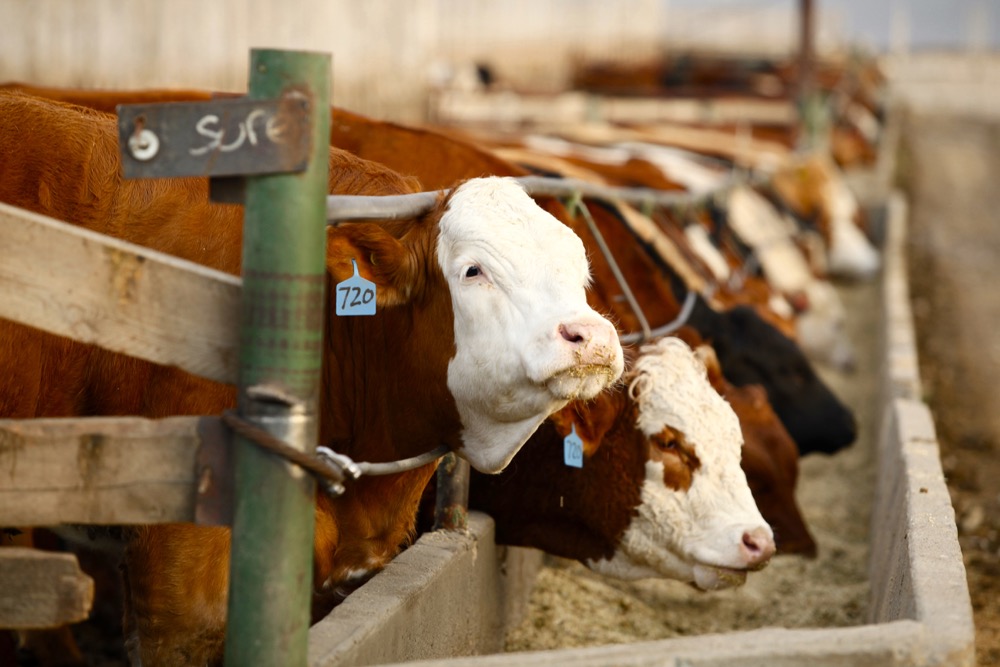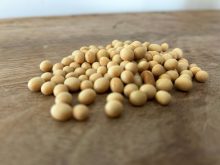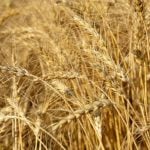Chicago | Reuters — Chicago wheat futures climbed on Tuesday to a two-month peak after official data underscored poor conditions for drought-hit U.S. spring wheat.
Chicago corn gained, as a lower-than-expected weekly crop rating focused attention back to dry conditions in parts of the Midwest.
Soybeans rebounded after being pressured by falling crude oil prices on Monday, underpinned by warm and dry weather forecast across the U.S. Midwest ahead of the oilseed’s key summer growth period.
The most active wheat futures on the Chicago Board of Trade gained 2-3/4 cents to $7.00-1/2 per bushel, after reaching their highest level since May 18 at $7.18.
Read Also

U.S. livestock: Cattle futures end lower
Cattle futures on the Chicago Mercantile Exchange were weaker on Wednesday, as a lack of fresh news had some participants…
CBOT corn added 13-1/2 cents to $5.65-3/4 per bushel, while soybeans gained 15-3/4 cents to $13.88-1/2.
The U.S. Department of Agriculture (USDA), in a report released after Monday’s market close, rated 11 per cent of U.S. spring wheat as good or excellent, down from 16 per cent a week earlier and below analysts’ average estimate of 15 per cent.
“That crop’s just being torn apart,” said John Zanker, market analyst at Risk Management Commodities.
USDA last week projected that U.S. spring wheat production would shrink to a 33-year low.
Global production concerns also supported wheat prices, with Kazakhstan limiting exports of barley, wheat and rye because of drought, while Russian harvest estimates dropped after disappointing yields.
U.S. corn and soybean conditions have weathered recent dryness, but risk of damage remains high at a time when supply is in sharp focus.
“We need a big crop,” said Karl Setzer, commodity risk analyst with Agrivisor, noting that even a small reduction in corn production could mean tight stocks. “Pressure on the crops is giving us some price support.”
USDA left unchanged its good/excellent score for U.S. corn at 65 per cent, short of an analyst consensus of 66 per cent. It raised the soybean rating by one percentage point to 60 per cent, in line with expectations.
— Reporting for Reuters by Christopher Walljasper; additional reporting by Gus Trompiz in Paris and Colin Packham in Canberra.















